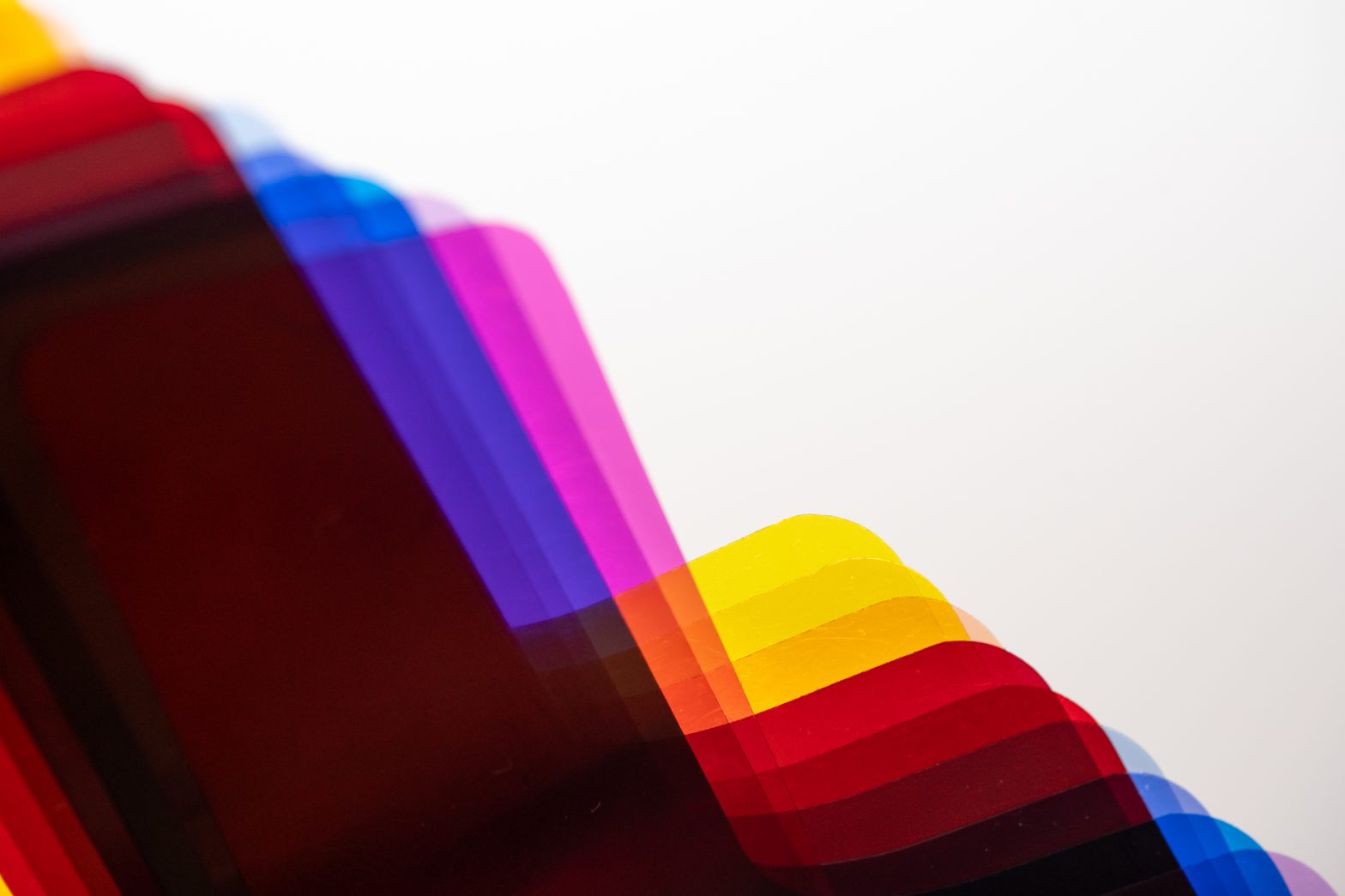
Translating duv to plus/minus green gel
Translating duv to plus/minus green gel
Duv is an important metric that characterizes the "shift" in either the green or magenta direction. It is important because color temperature (CCT) alone does not fully characterize the chromaticity of a light source. Duv is the metric that provides the additional dimension across the green-magenta axis.
For cinematographers and lighting gaffers, duv can be a foreign metric and difficult to get used to, as they are likely accustomed to using gels and filters to make color correction adjustments.
We wanted to see if we could bridge the gap between lighting product specifications and cinematography lighting units, so we scoured documents and color science resources but were unable to locate any conversion forumlae or methodologies that help translate between duv and plus/minus green.
We're looking for rough approximations here, to get a sense of what a duv of 0.003 roughly equates to in terms of minus green correction. Is it one-half? One-eight?
Oftentimes, when looking for mere approximations, empirical methods work best. So, we decided to simply take some measurements using our handheld Lighting Passport spectrometer.
We took a 95 CRI 5000K LED, and measured the chromaticity points (3 times to mitigate accuracy influences). We established a color temperature of approximately 5075K, and a duv average of -0.0011.
We then placed a variety of sample LEE FILTERS in front of the spectrometer sensor, and compared our measurements.
As expected, with the filter placed in front of the unit, we measured increases in duv with plus green, and decreases in duv with minus green. Furthermore, we observe a very strong linear correlation (best fit line has an r squared value of 0.995).

Table 1: Measured duv against different filters

We finally simplified this to the following table:
Table 2: Relationship between plus/minus green gel, duv and CC (color compensating) values
So, what does this all mean?
We've been able to approximate a one-eight plus/minus green equates to approximately 0.004 duv.
When selecting lamps and products, look for its duv range, and use this approximation to get a sense of what that means in terms of color correctness. For example, anything that has a duv range beyond +/-0.004 will likely contain color variation that is more severe than a one-eighth green gel correction.
Limitations of our methodology
First of all, these are mere approximations based on empirical measurements. Secondly, these are results based on a single 5000K LED sample across a set of LEE FILTERS samples.
We look to test this using a tungsten color temperature LED in the near future to see if similar approximations hold as well.
Different spectral profiles can result in different interactions with filters, so additional tests using different types of spectra can also be useful.
Other Posts
Browse Waveform Lighting Products
A-Series LED Bulbs
Our A19 and A21 lamps fit in standard lamp fixtures and are perfect for floor and desk lamp fixtures.
Candelabra LED Bulbs
Our candelabra LED bulbs offer soft and warm light output in a decorative bulb style that fits E12 lamp fixtures.
BR30 LED Lamps
BR30 lamps are ceiling lamps that fit in residential and commercial fixtures with 4-inch or wider openings.
